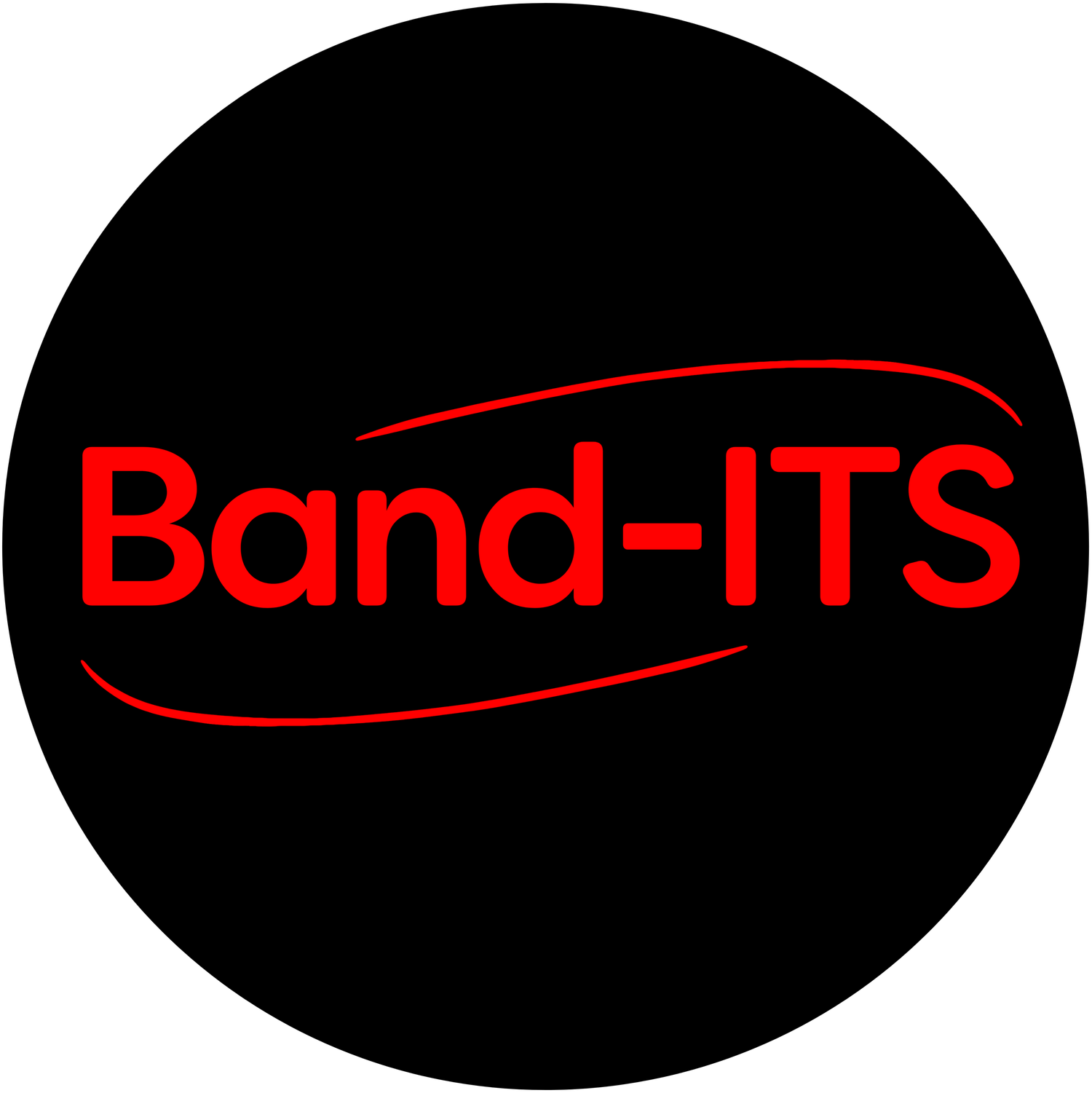The Importance of Hip and Core Training: A Case Study
At the start of 2017, Sally went for an MRI to investigate a catching feeling at the front of her left hip. It wasn’t painful, and Sally had no previous history of hip issues. The joint just felt blocked. Her MRI, however, told a different story…
Sally’s MRI Results Showed:
Extra bone growth in response to excess stress in the joint (cam and pincer type posterior femoro-acetabular impingement)
Extra bone growth in response to excess stress on the joint line (osseous bump at the anterior and lateral femoral head/neck junction)
A labral tear due to the joint shearing with movement and forced end range (undisplaced anterior superior labral tear and posterior superior labrum with cyst)
Early wear and tear of the bone (mild chondral wear)
Breakdown and inflammation of soft tissues due to excess movement-related stress (minor hamstring tendonitis)
Even further breakdown due to excess tissue stress (minimal glute min tendonosis with mild tronchanteric bursitis)
Why is this important?
Sally’s MRI result showed a very unhappy hip! It wasn’t working from a centered, optimal alignment and consequently the tissues of both the bone and surrounding muscles were stressed from overworking in an effort to keep the body safe, in particular while Sally was dancing.
As a dancer since a very young age, Sally had been forcing her hips into positions that they are not naturally designed to achieve - let alone move in. This is a common story amongst many dancers, professional and recreational alike. It’s no wonder that Sally had labral tears, tissue stress, lumps and bumps after years of non-optimal use. Like Sally, many dancers just don’t know any better - and if anything encourage their bodies to work further beyond this level of capability.
These MRI results are only a part of the whole picture. Sally didn’t have any lateral hip symptoms, despite having a tendinopathy and inflamed bursa. Prior to this episode, Sally had not experienced a sense of blocking or catching at the hip; even though the impingement (FAI) and bone growth would have taken many years to develop.
Upon further investigation, Sally discovered that the driver for the non-optimal hip movement was actually in her ribcage (thorax), specifically T5-8 - which was also the cause for a former hamstring tendinopathy on the other side, multiple shoulder issues and a bunion on her right foot!
What Happened Next?
Sally used her experience from physio courses, Pilates and movement training to train her hips into an optimal state for movement.
The first part is understanding the shape and bone alignment of her hips. She had more anteverted hips which don’t align with wide 2nd splits and flat turnout.
Then we need to understand where to release and when, how to find centre and stabilise with motion. Furthermore, how the hips relate to the thorax and feet.
Then we can introduce optimal movement in 3d, add load, power and positive stress to make positive change.
This training and approach then formed the basis of the Band-ITS Core hip training programme.
Thanks to the movement training that later became Band-ITS Core, Sally can now manage weekly training and dance sessions pain free and stronger than ever.
A typical movement training week:
Strength training x2 per week
Dance class x 2 per week
Yoga class x 1 per week
Cardio session x 1 per week
Plus, a range of non-structured ‘incidental’ exercise, sometimes known as ‘NEAT’ (non-exercise activity thermogenesis) such as having an active job, cycling to work, being regularly up and active throughout the day.
Not to mention auditions, rehearsals and performances for any shows or dance projects that come up throughout the year!
So what’s the take-home message?
Your MRI / US / Xray report is only ever part of a much larger picture. It is not a definitive diagnosis or treatment outcome.
You can improve and change at any age. Sally was 43 when this MRI scan was done - and is still dancing and performing every year. Don’t fall into the trap of 'I have dodgy hips and can’t dance or exercise'
Learn about your own body. Knowledge and taking action on this is powerful. The Strength4dance video channel has well over 200 videos to guide and educate you on understanding your body. The 2 videos above are linked to hip education.
Movement can be rehab AND can be prehab. Get it right from the start. Prevention is better (and easier) than cure.
Sound a little too familiar? Are you struggling with hip pain, or feelings of catching, or being blocked? Are you a dancer who wants to take care of their body, so you can keep on dancing, pain-free for as long as you desire? With the Band-ITS Core Class Pack, you can access the same, high quality movement education that Sally used to rehab her hip, strengthen and stabilise.
Get access to over 10-weeks of physio-education which you can repeat as many times as you need - not to mention it comes with a Band-ITS Lower Limb Kit and the massage balls, so that you can add safe release and load, all specifically designed for the hips and pelvis.
Don’t wait until you need MRI results, Start today!




